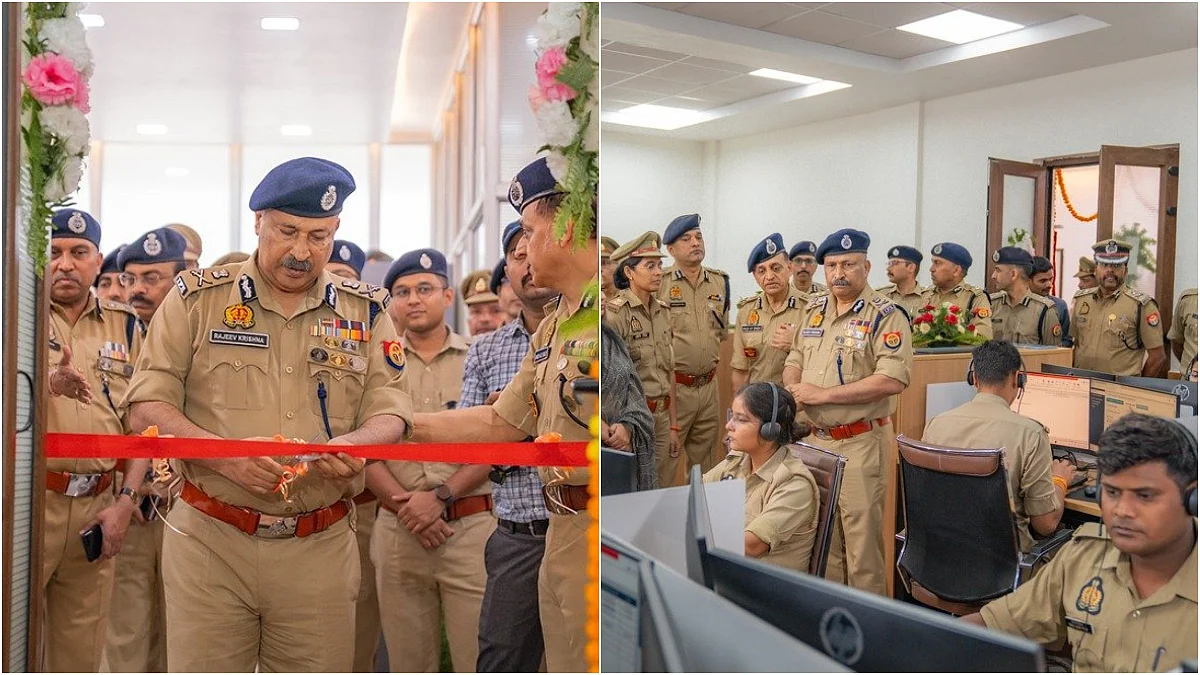The financial services industry has been undergoing rapid changes in recent years, driven largely by technological advancements and the need for organizations to stay nimble in a competitive landscape. Agile methodologies have played a crucial role in this transformation, particularly in portfolio management. With a focus on flexibility, real-time metrics, and continuous feedback, Agile allows businesses to adjust quickly to changing market conditions and customer needs. By promoting collaboration and improving efficiency, Agile has proven to be a powerful tool in helping financial services firms optimize resources, reduce costs, and deliver better results.
Vidushi Sharma has been at the forefront of implementing Agile methodologies in financial services, making significant strides in driving performance and strategic decision-making. Her expertise lies in using Agile's power to enable teams being more informed, data-driven decisions that lead to improved project outcomes. She has been a key player in fostering an Agile culture within her organization, working to align short-term goals with long-term strategic objectives. Through her leadership, she has not only refined workflows but also empowered teams to deliver high-quality results efficiently, ultimately driving the success of her organization’s financial portfolio management efforts.
One of her standout achievements was her participation in introducing Agile performance metrics that transformed decision-making processes within her organization. By utilizing real-time data and key performance indicators (KPIs), she provided senior leadership with the tools needed to make quicker adjustments to project priorities and resource allocations. This led to a 50% improvement in decision-making speed, helping leadership respond more effectively to market shifts and business needs. “These improvements allowed portfolio managers to make better, data-driven decisions, improving overall performance across the portfolio”, she says.
By empowering teams to take ownership of their work, she fostered an environment where employees felt more engaged and motivated. This approach resulted in a 25% boost in team performance across strategic initiatives and a 15% decrease in turnover among key portfolio management teams. Through regular Agile retrospectives and sprint reviews, she ensured that teams continuously refined their processes, which led to improved communication and fewer delays in project delivery.
Emphasizing the importance of metrics like burn-down charts, cycle time, and velocity, she increased transparency into ongoing projects and made it easier for leadership to allocate resources more effectively. Vidushi used Agile dashboards to pinpoint a key bottleneck in the approval process for new products, leading to a 20% reduction in project delays. Through her work, she helped eliminate inefficiencies and improve forecasting, which ultimately saved resources and improved project prioritization.
In Agile, focusing on high-priority features and addressing customer-facing needs first is critical, and she has excelled in this area. By prioritizing the most important tasks, such as compliance-driven initiatives and revenue-generating product innovations, she ensured that her financial services portfolio aligned with immediate business goals. This approach not only increased stakeholder satisfaction by 40%, but it also allowed for early testing and validation of products, ensuring that her organization avoided wasting resources on ideas that didn’t resonate with customers.
She took a leadership in the digital transformation of a core banking platform for a major financial institution. This project, which involved migrating legacy systems to a more modern, cloud-based platform, required breaking down the work into smaller, incremental releases. By using Agile practices, she ensured the rapid deployment of new features and incorporate early customer feedback. Within 18 months, 60% of the bank's legacy systems had been successfully migrated, reducing transaction processing time by 40%. This transformation improved the bank’s ability to offer a more robust digital experience, which ultimately benefited both customers and the organization.
One of the many hurdles she encountered was aligning the diverse priorities and skill sets of developers, testers, business analysts, and IT operations. To overcome this, she implemented strategies like regular stand-ups, sprint planning meetings, and appointing Agile champions within each team to advocate for the Agile approach. These efforts led to smoother collaboration, faster delivery times, and a 15-20% improvement in project speed. By encouraging empathy and fostering understanding across teams, she helped improve morale and reduce turnover by 10-15%.
Looking ahead, she believes that the future of Agile in financial services will be defined by even greater automation, the integration of artificial intelligence (AI) for decision-making, and enhanced portfolio-level agility.
Through her work, Vidushi Sharma has shown how Agile methodologies can reshape financial services, driving strategic decision-making, enhancing team performance, and delivering greater value to customers. Her leadership exemplifies the power of Agile in transforming businesses, and her insights into the future of this framework highlight its potential to continue shaping the industry for years to come.










